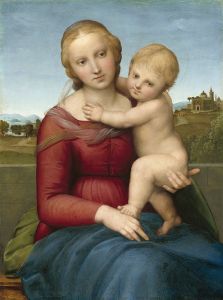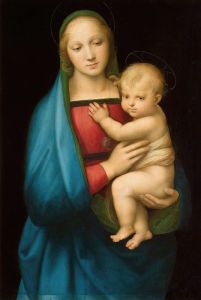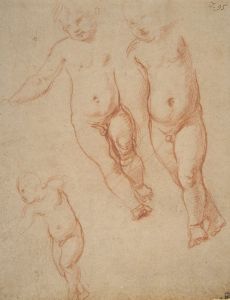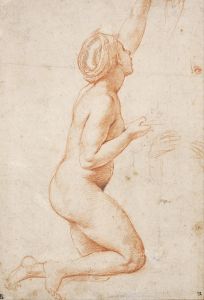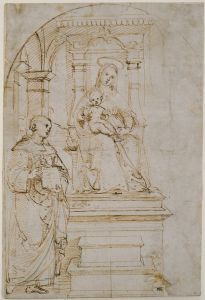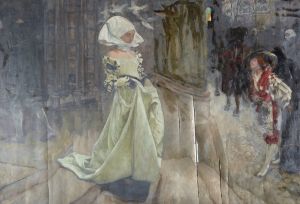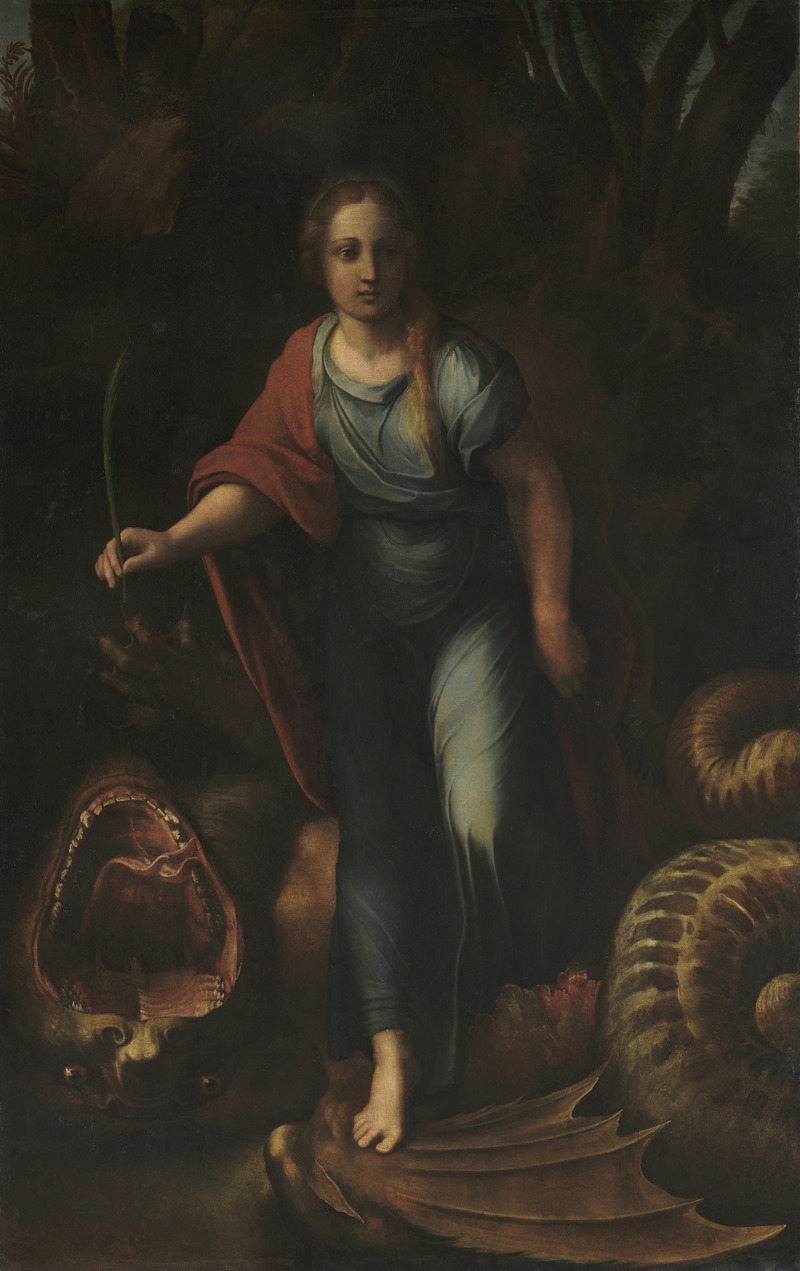
Saint Margaret
A hand-painted replica of Raphael’s masterpiece Saint Margaret, meticulously crafted by professional artists to capture the true essence of the original. Each piece is created with museum-quality canvas and rare mineral pigments, carefully painted by experienced artists with delicate brushstrokes and rich, layered colors to perfectly recreate the texture of the original artwork. Unlike machine-printed reproductions, this hand-painted version brings the painting to life, infused with the artist’s emotions and skill in every stroke. Whether for personal collection or home decoration, it instantly elevates the artistic atmosphere of any space.
"Saint Margaret" is a painting attributed to the Italian Renaissance artist Raphael, though the exact date of its creation is not definitively known. Raphael, whose full name was Raffaello Sanzio da Urbino, was an influential painter and architect during the High Renaissance period. He is renowned for his clarity of form, ease of composition, and visual achievement of the Neoplatonic ideal of human grandeur.
The painting depicts Saint Margaret of Antioch, a Christian saint and martyr who is venerated in both the Roman Catholic and Eastern Orthodox Churches. According to legend, Saint Margaret was a virgin martyr who lived during the reign of the Roman Emperor Diocletian. She is often portrayed with a dragon, which she is said to have vanquished, symbolizing her triumph over evil and her steadfast faith.
In Raphael's depiction, Saint Margaret is typically shown in a serene and composed manner, embodying the grace and beauty characteristic of Raphael's work. The painting captures the saint in a moment of contemplation or prayer, often with attributes such as a cross or a dragon, which are traditional symbols associated with her story. Raphael's use of color, light, and composition in this work reflects his mastery of the techniques that defined the High Renaissance style.
The painting is noted for its delicate rendering of the saint's features and the harmonious balance of the composition. Raphael's ability to convey both the physical beauty and the spiritual purity of his subjects is evident in this work. The soft modeling of the figure and the subtle interplay of light and shadow are hallmarks of Raphael's technique, contributing to the painting's overall sense of tranquility and reverence.
"Saint Margaret" is part of a series of works by Raphael that explore religious themes, showcasing his deep engagement with Christian iconography and his skill in conveying complex theological ideas through art. The painting reflects the broader cultural and artistic currents of the Renaissance, a period marked by a renewed interest in classical antiquity and a focus on the potential for human achievement and expression.
While the exact provenance of the painting is not fully documented, it is believed to have been created during Raphael's Roman period, a time when he was engaged in numerous commissions for the Vatican and other patrons. This period was marked by some of his most famous works, including the frescoes in the Vatican's Raphael Rooms and the iconic "School of Athens."
Today, "Saint Margaret" is housed in various collections, and its attribution to Raphael is generally accepted by art historians, although, like many works from this period, it has been subject to scholarly debate. The painting continues to be studied and admired for its artistic merit and its reflection of the spiritual and cultural values of the Renaissance era.





